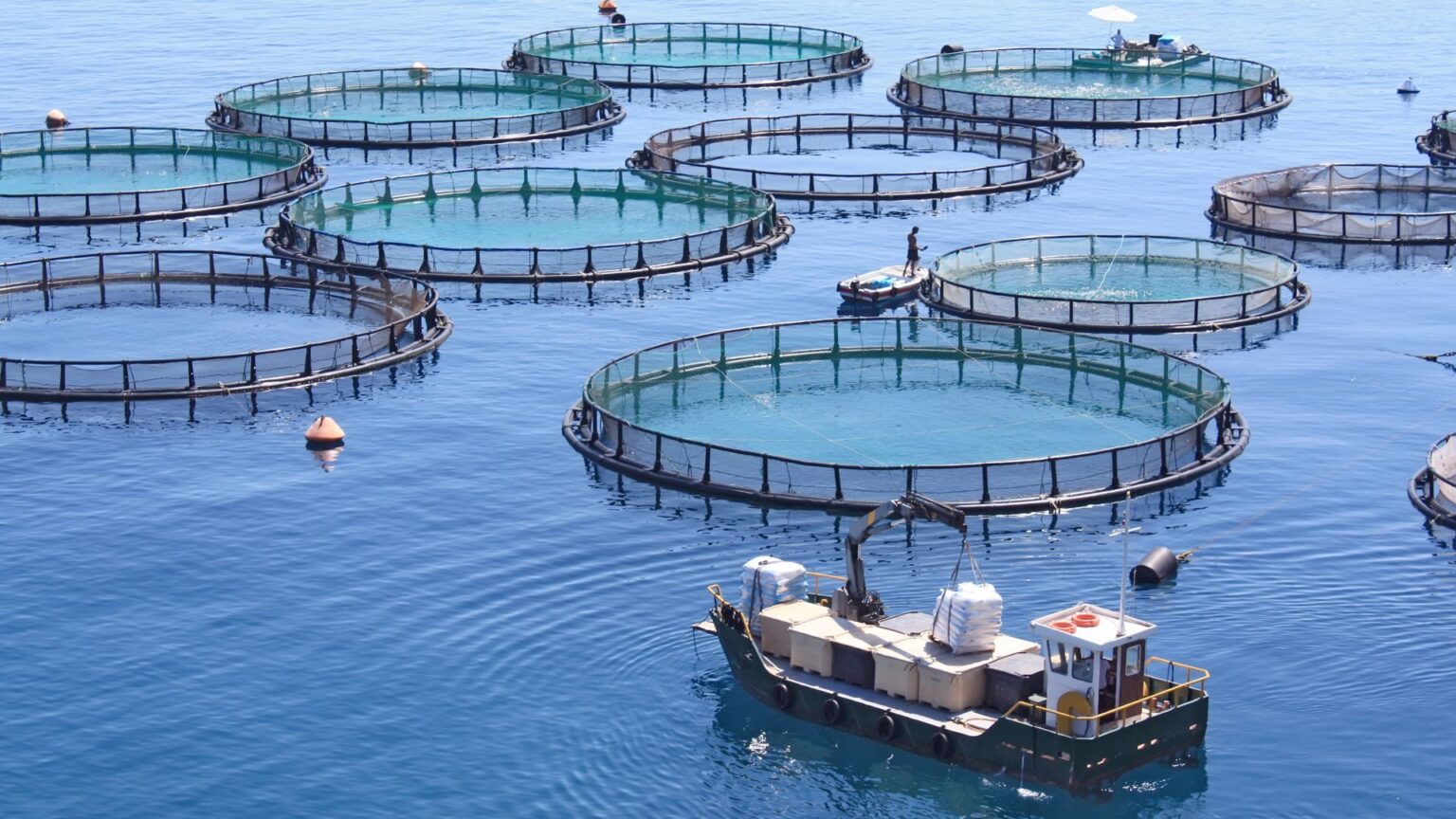As the demand for seafood continues to rise, industrial fish breeding has become a crucial sector within the aquaculture industry. Industrial fish breeders play a pivotal role in meeting the global demand for fish by employing advanced breeding techniques to maximize production efficiency and quality. In this comprehensive guide, we will delve into the world of industrial fish breeding, exploring the key aspects of the profession, including breeding systems, genetic selection, health management, environmental considerations, and the future of the industry.
The Significance of Industrial Fish Breeding
Industrial fish breeding technology plays a vital role in meeting the growing demand for seafood, providing a sustainable and efficient method of fish production. By employing advanced breeding techniques, industrial fish breeders can enhance fish quality, disease resistance, growth rates, and other desirable traits, contributing to the overall productivity and profitability of the aquaculture industry.
Industrial fish breeders are responsible for managing and optimizing the breeding processes of fish species in controlled environments. They utilize their expertise in genetics, reproduction, nutrition, and disease management to ensure the production of high-quality fish fry, juveniles, and market-sized fish. Their work involves selecting suitable broodstock, implementing breeding programs, monitoring fish health, and maintaining optimal environmental conditions.
Overview of Industrial Fish Breeding
Aquaculture, or fish farming, has evolved significantly over the years to meet the global demand for seafood. Industrial fish breeding is a specialized branch of aquaculture that focuses on the controlled breeding of fish species to produce offspring with desirable traits.
While traditional fish farming involves rearing fish from juveniles or fingerlings obtained from external sources, industrial fish breeding takes a more comprehensive approach. Industrial fish breeders maintain their own broodstock and implement breeding programs to produce a consistent supply of high-quality offspring.
Selecting Fish Species for Breeding
Industrial fish breeders must conduct market research to identify fish species that have a high demand and market value. Factors such as consumer preferences, market trends, and marketability of the species should be considered.
The genetic potential of the fish species plays a crucial role in determining its suitability for industrial breeding. Breeders must evaluate the species’ growth rate, disease resistance, feed conversion efficiency, and other desirable traits. Additionally, adaptability to the local environment, including water temperature, water quality, and availability of feed, should be taken into account.
Breeding Systems and Techniques
Ian, a fish farming and aquaculture expert, noted that “…Industrial fish breeders employ various breeding systems, including pond-based systems, raceway systems, recirculating aquaculture systems (RAS), and flow-through systems.” Each system has its own advantages and considerations, such as space requirements, water management, and environmental impact.
When selecting a breeding system, breeders must consider factors such as cost-effectiveness, scalability, control over environmental conditions, ease of management, and the specific requirements of the fish species they are breeding.
Genetic Selection and Improvement
Genetic selection is a fundamental aspect of industrial fish breeding. Breeders aim to improve the genetic traits of their fish populations by selecting individuals with desirable characteristics as broodstock for future generations.
Selective breeding programs involve careful mate selection, based on desired traits such as growth rate, size, coloration, disease resistance, and fillet quality. Through continuous selection and controlled breeding, industrial fish breeders can enhance the genetic potential of their fish stocks over successive generations.
Broodstock Management
The selection of healthy and genetically superior broodstock is crucial for successful breeding. Breeders carefully assess the genetic traits, health status, and reproductive performance of potential broodstock candidates. Conditioning programs, including proper nutrition, environmental cues, and hormonal manipulation, are implemented to prepare broodstock for optimal spawning.
Maintaining the health and well-being of broodstock is essential for successful breeding. Regular health monitoring, disease prevention measures, and appropriate nutrition are critical to ensure the reproductive performance and genetic integrity of the broodstock.
Reproduction and Spawning
Industrial fish breeders must have a thorough understanding of the reproductive physiology and behavior of the fish species they are breeding. This knowledge helps them determine the appropriate timing and conditions for inducing spawning.
Various spawning techniques, such as natural spawning, induced spawning, and stripping, are employed depending on the species and breeding goals. Breeders carefully control environmental conditions, including water temperature, photoperiod, and hormonal treatments, to stimulate successful spawning.
Larval Rearing and Hatchery Management
Once the eggs hatch, larvae require specialized nutrition to support their growth and development. Breeders provide appropriate larval feeds, including live feeds or formulated diets, and closely monitor feeding behavior and growth rates.
Maintaining optimal water quality is crucial duringlarval rearing. Breeders closely monitor parameters such as temperature, dissolved oxygen, pH, and ammonia levels to ensure a healthy rearing environment. Strict biosecurity measures are implemented to prevent the introduction and spread of diseases among the larvae.
Juvenile Rearing and Grow-Out Systems
After the larval stage, the fish progress to the juvenile stage. Breeders transfer the juveniles to nursery tanks or grow-out systems, where they continue to grow until they reach market size. Proper stocking densities, nutrition, and environmental conditions are maintained to promote optimal growth and minimize stress.
Industrial fish breeders employ various grow-out systems, such as ponds, tanks, or cages, depending on the species and market requirements. Water quality management, feeding strategies, disease prevention, and regular monitoring of growth parameters are essential to achieve maximum efficiency and production.
Health Management and Disease Prevention
Preventing the introduction and spread of diseases is of utmost importance in industrial fish breeding. Strict biosecurity protocols are implemented, including quarantine procedures, regular health checks, and strict control of movement and access to the breeding facilities.
Industrial fish breeders must be knowledgeable about common fish diseases and their prevention strategies. Vaccination, regular health monitoring, proper nutrition, water quality management, and prompt disease diagnosis and treatment are crucial components of an effective disease prevention program.
Conclusion
Industrial fish breeding is an intricate blend of science, technology, and environmental stewardship. Industrial fish breeders play a crucial role in meeting the global demand for seafood while ensuring the sustainability and productivity of the aquaculture industry. By employing advanced breeding techniques, genetic selection, and optimal management practices, industrial fish breeders contribute to the production of high-quality fish and the continued growth and development of the aquaculture sector.


